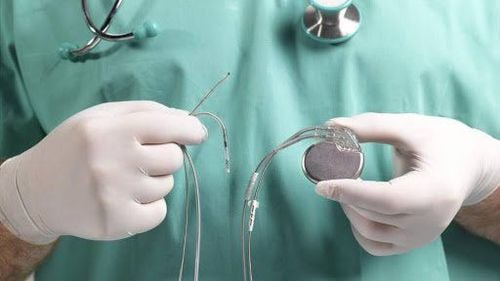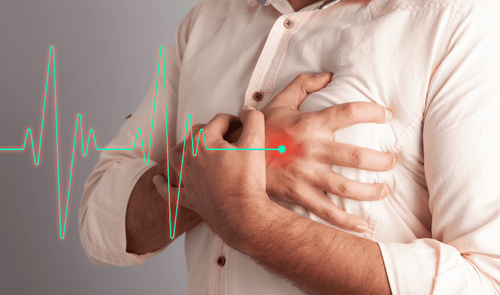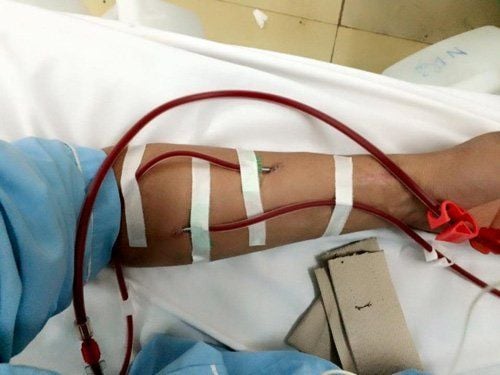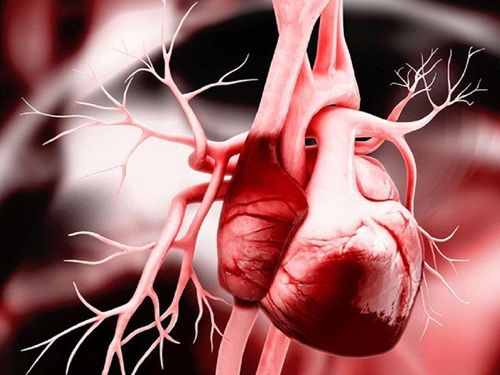This is an automatically translated article.
The article was written by MSc Pham Duc Luong - Emergency Doctor - Emergency Department - Vinmec Times City International General Hospital1. Circulatory arrest
When the heart stops beating, circulatory arrest occurs. The danger is that circulatory arrest can happen to the average person, with no medical history, at any time and in any place. The most common cause is abnormal heart rhythm disturbances, especially ventricular fibrillation. This irregular rhythm can occur when the heart muscle is damaged by a heart attack or when not enough oxygen reaches the heart.
A machine called an automated external defibrillator (AED) is used to correct the heart's rhythm by delivering an electric shock. This device is designed to be extremely compact, allowing even people with no experience or medical knowledge to use it to increase the survival of cardiac arrest victims in the hospital as well as in the area. outside the hospital.
In most cases, rescuers need to begin CPR while waiting for the AED to arrive. Once brought in, continue CPR while preparing to start the machine and attach the electrodes to the victim's chest.
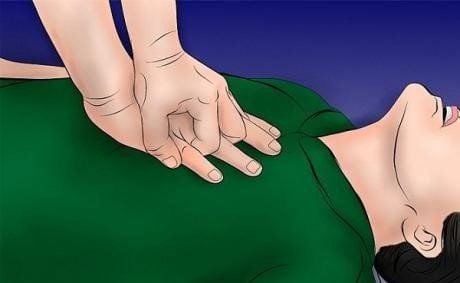
2. Steps to use the AED
Turn on the AED and remove the electrode pads from the sealed package. Take off or cut through clothing and wipe sweat off the victim's chest. Tear off the electrode sheath, take and stick the pads to the victim's chest at the indicated locations. Place the first electrode pad on the upper right side just below the victim's collarbone.

4. The AED will start analyzing the heart rate. Make sure that no one touches the victim. Follow the visual and/or verbal instructions given by the machine.
3. Attention when using
Make sure that no one touches the victim while the rhythm analyzer and shock button is pressed as this will affect the analysis results of the AED and pose a risk of electric shock.
Do not turn off the AED or disassemble the electrode plate of the AED, even if the victim appears to have recovered because cardiac arrest may recur and may require repeated shocks.
The use of AEDs is sometimes complicated by underlying medical conditions, external factors, clothing, or causes of cardiac arrest. The safety of all people involved should always be the first consideration of the first responder.
Clothing : Clothing or any jewelry that interferes with electrode placement should be removed or removed. The amount of normal breast hair should not be an issue, but if it prevents good contact between the skin and the electrode pad, it should be shaved off. Ensure that any metal is removed from the area where the electrode pad will be attached. Take off clothing that contains metal, such as underwire bras.
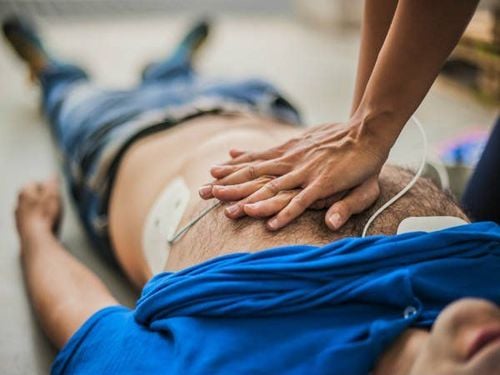
External factors : Excessive water or sweat on the chest can reduce the effectiveness of the electric shock, so the chest must be dry. If victim is rescued from water, dry chest before applying AED patches. If the victim is unconscious after being electrocuted, begin performing basic CPR as soon as the power is removed. Medical conditions: Some heart disease victims receive pacemakers or implantable defibrillators. This will not prevent you from using the AED. However, if you see or feel a device under the skin of your chest, do not place the electrode pad directly on it. If the victim has a patch such as a nitroglycerin patch on the chest, remove it before applying the AED electrode. Pregnant victim: There are no contraindications to the use of AEDs in pregnant women. However, increased breast size can cause problems with electrode placement. Therefore, to place the AED pad correctly, it is necessary to gently push one or both breasts to the right and stick the electrode pad in the lateral position of the left breast, not on the fetal breast. extra. Vinmec International General Hospital has applied electrocardiographic shock technique in the treatment of arrhythmias. Electrocardiography at Vinmec is performed methodically and according to standard procedures by a team of highly qualified medical professionals, modern machinery system, thus giving positive treatment results, bringing the possibility of treatment. quick recovery.
Please dial HOTLINE for more information or register for an appointment HERE. Download MyVinmec app to make appointments faster and to manage your bookings easily.





